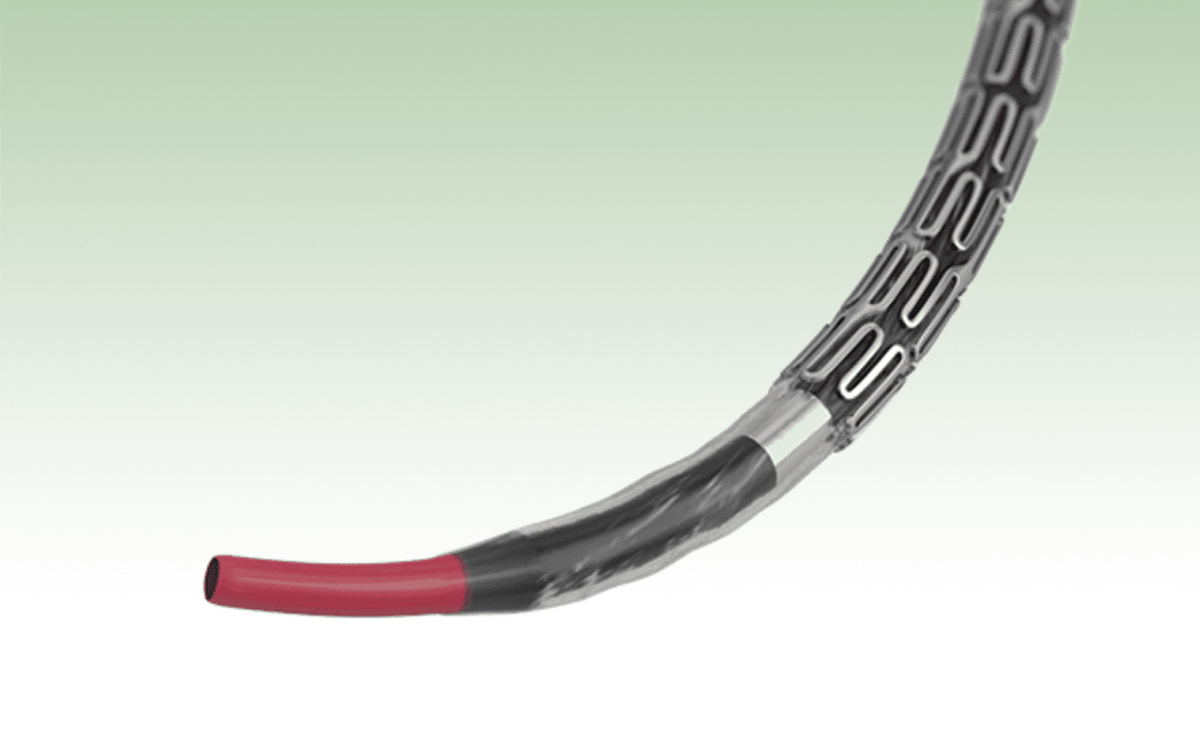The Ultimaster™ Clinical Program
Complex PCI: n=10,241 patients
Demonstrates favorable outcomes in both complex and non-complex PCI patients.
Bifurcation : n=4,395 patients
Demonstrates proximal optimization technique (POT) is associated with improved outcomes.
MVD : n=15,441 patients
Suggests that complete revascularization is associated with better outcomes versus incomplete revascularization.
Abbreviated DAPT. Groundbreaking results


Data driving your clinical decisions

| Total Population |
|
| Complex PCI |
|
| Bifurcation |
|
| Multivessel Disease |
|
The most studied BP-DES,Over 50,000 patients world wide¹′²
| Number of patients | Design | Primary outcomes | Sub Study | |
|---|---|---|---|---|
| MASTER DAPT | 4,300 |
Investigator-initiated Randomised Short vs standard DAPT |
NACE MACCE MCB at 11 months (12 months post-index PCI) |
OAC |
| e-Ultimaster | 37,198 |
Single arm All-comers Real-world use |
TLF at 1 year | Bifurcation Left Main |
| CENTURY II | 1,123 | Randomised 1:1 vs Xience | Freedom from TLF at 9 months | Bifurcation Multivessel disease |
| DISCOVERY 1TO3 | 60 |
Single arm Patients with multivessel disease |
OFDI strut coverage at 3 months | |
| MODEL U-SES | 1,695 | Prospective multicenter single-arm registry, Investigators initiated study | Composite endpoint of all-cause death, MI, stroke, ARC definite / probable stent thrombosis, and BARC 3 or 5 during 12months after stenting | |
| SCAAR | 3,253 | Multicenter registry in Sweden |
ST Restenosis rate |
|
| SCC registry | 1,727 |
Single arm All-comers Single center study |
TLR TLF MACE |
|
| ULISS | 1,660 |
Single arm All-comers Multi-center study |
TLF TLR Composite endpoint of cardiac death, TV-MI |
|
| MASTER | 500 | Randomised 3:1 vs BMS in patients with STEMI |
Safety at 1 month Efficacy at 6 months Safety and efficacy at 12 months |
|
| COLOR | 388 |
Investigator-initiated Randomised complexed large-bore radial PCI trial |
BARC bleeding or vascular complication related to access site | |
| CENTURY | 105 |
Single arm First-in-man study |
Late loss at 6 months | |
| CENTURY JSV | 70 |
Single arm Patients requiring 2.25 mm diameter stents |
Freedom from MACE at 9 months | |
| TCD-10023PK | 22 |
Single arm Pharmaco kinetics |
Sirolimus concentration in peripheral blood samples 28 days after Ultimaster implantation |
Video
The Summary on the Power of n
Three experts guide you to understand the power of the big data and how large registry data can impact your practice.
Ultimaster™ Tansei™


Ultimaster™



